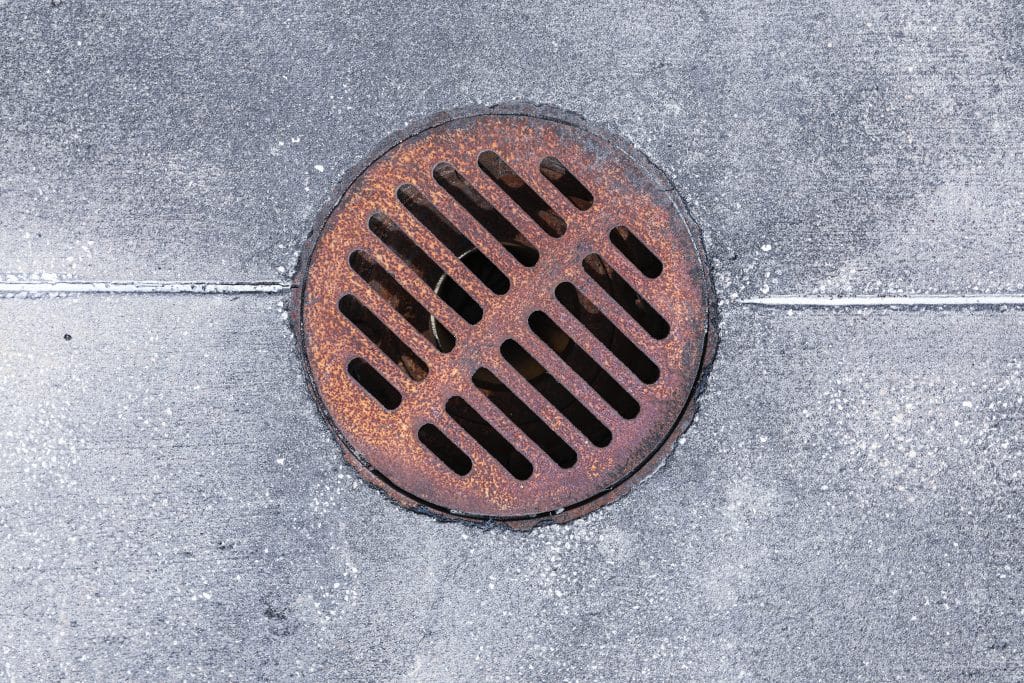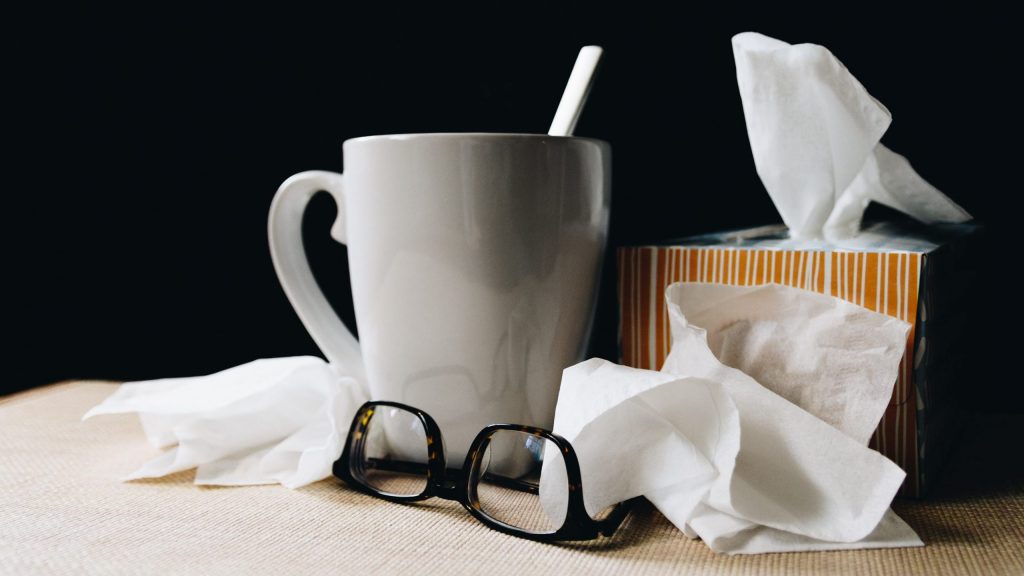Quebec restarting COVID-19 wastewater program as testing data drops, subvariant spreads

Posted March 26, 2022 5:06 pm.
Last Updated March 27, 2022 9:40 am.
Three months after pulling the plug on the program, Quebec is once again beginning to track COVID-19 through wastewater.
The province said earlier this month it intended to restart its COVID-19 wastewater testing program to follow the progression of the pandemic.
The program is expected to give officials the ability to see if there’s a resurgence of the epidemic.
Quebec’s health department initially anticipated restarting the program only during the summertime.
“It’s a necessity, it’s a very useful approach,” said Dominic Frigon of McGill University’s civil engineering department. “And you will get a lot of information again without spending a lot of resources on the monitoring.”
READ MORE:
- The COVID-19 wasteland: searching for clues to the pandemic in the sewers
- Whales and other marine mammals susceptible to COVID-19 through wastewater: study
- Waste-watching: Sewage can help track pandemic virus trends
Frigon was part of a team that began testing wastewater in 2020.
“If we take samples at the end of a sewer network, we get a snapshot of what’s going on in the entire city,” he said. “So we know if the infections are going up or down.”
This comes as provincial health officials say they are expecting a rise in COVID-19 hospitalizations due to the spread of the BA.2 subvariant.
Meanwhile the method of test, trace and isolate is no longer a top priority for the province, with the focus shifting to at-home rapid antigen testing kits.
“Now we’re in a phase where it’s rapid tests, but then there’s not that report,” said Sarah Dorner, a professor in the department of civil geological and mining engineering at Montreal’s Polytechnique university. “The reporting mechanism isn’t as easy and we don’t know what’s going on.”
Like Frigon, Dorner also began sampling wastewater for COVID-19 in 2020.
“It’s a PCR test,” she said. “So we have that sample, we can look at the trends and then there’s that genetic material that we can also use for the sequencing to get a sense of the variants of concern that are circulating in a population.”
Frigon says the entire process is quite affordable.
“It’s a way to monitor a pandemic without using a lot of resources, but still get a very broad view of what is happening,” he said.
Frigon says the end to the project last December was unfortunate as it could have provided key information in the trends of the virus.
“Back in January, at some point we were wondering, ‘have we reached the peak of the fifth wave?’” he said. “We never reached a peak, and in the end, nobody had the data. The wastewater sampling and analysis could actually have told us with hard data.”
The Institut national de santé publique du Québec (INSPQ) says with the project just starting once again, they still do not have any results to share with the public.
“It is very useful for people to know what those trends are in their community for individual risk-based decision-making,” said Dorner.








